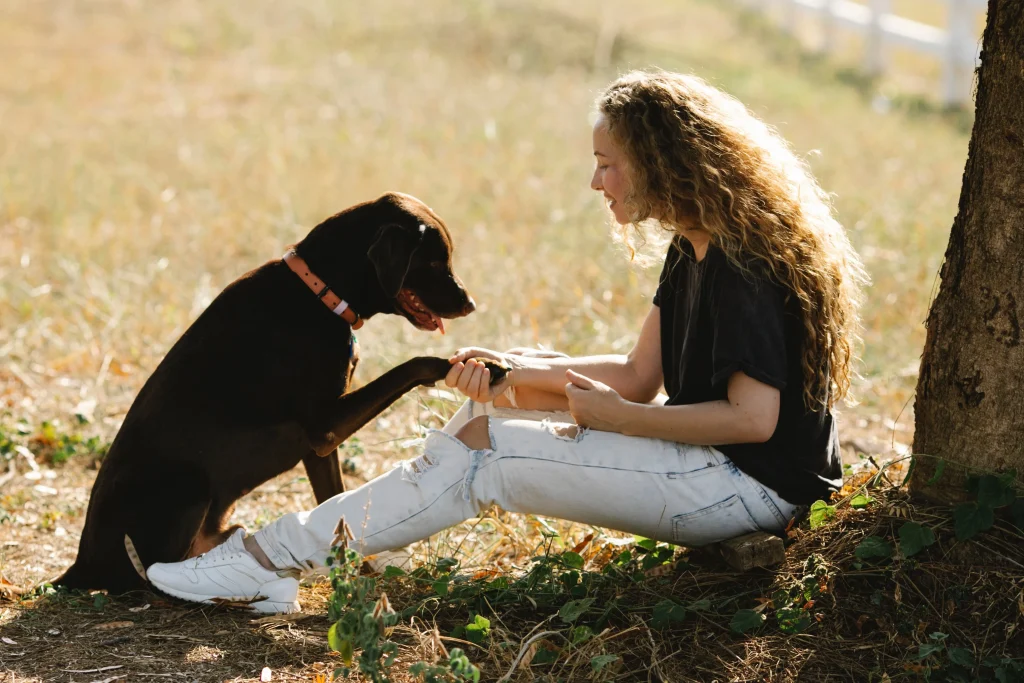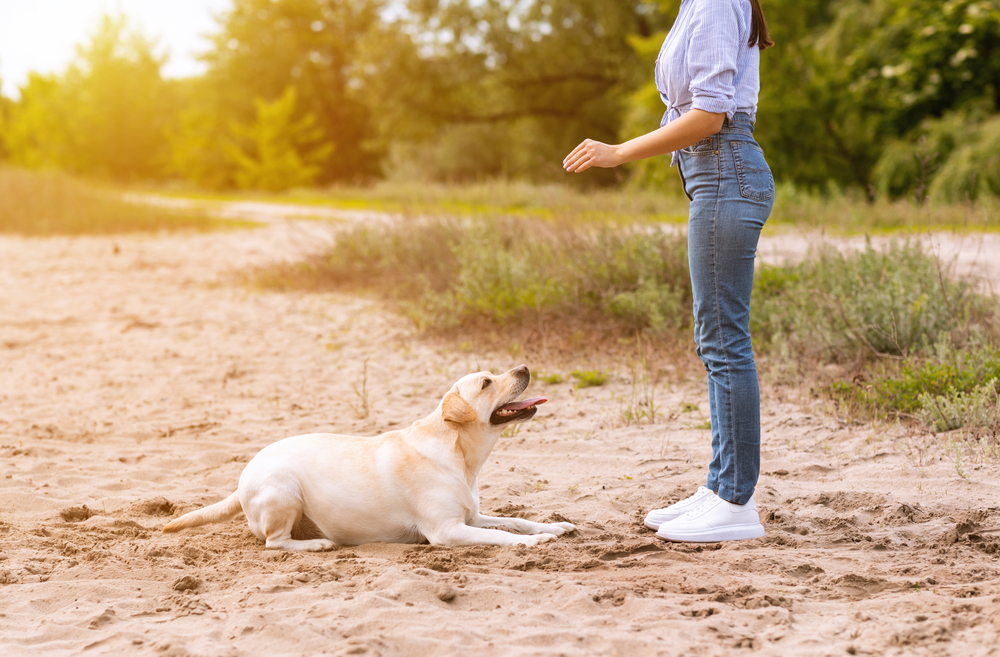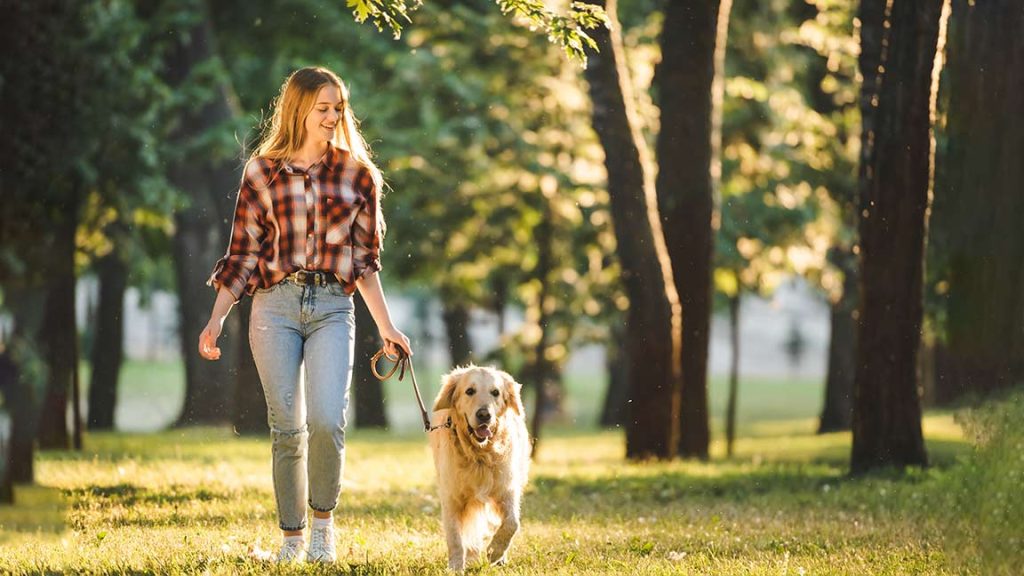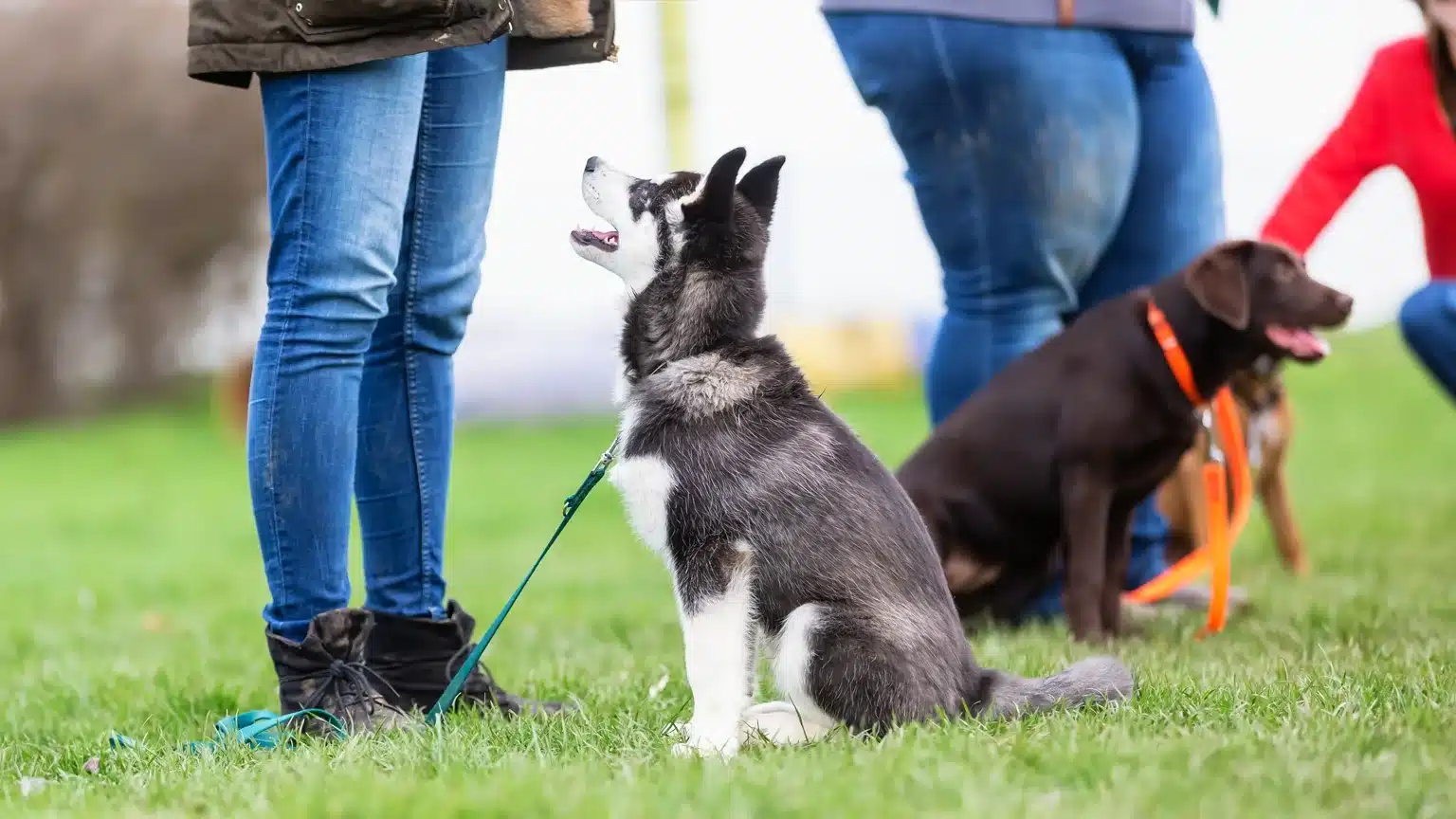Training your dog is one of the most rewarding experiences a pet owner can have. Not only does it build a stronger bond between you and your dog, but it also ensures their safety, improves behavior, and makes everyday life more enjoyable. While dogs naturally have instincts, learning basic commands helps them understand your expectations and behave appropriately in various situations. Here’s a comprehensive guide on how to train your dog in basic commands.
1. Understand Your Dog’s Learning Style

Before starting training, it’s essential to understand your dog’s personality and learning style. Dogs have different temperaments: some are highly food-motivated, some respond better to praise, and others enjoy play-based rewards. Knowing what motivates your dog will make training more effective and enjoyable for both of you.
Additionally, keep in mind that short, consistent sessions are more effective than long, sporadic ones. Dogs have limited attention spans, especially puppies, so aim for 5-10 minute sessions multiple times a day.
2. Start With Positive Reinforcement
Positive reinforcement is the cornerstone of effective dog training. This method involves rewarding your dog immediately after they perform a desired behavior. Rewards can include treats, verbal praise, or a favorite toy. The key is to make the reward immediate so your dog associates the behavior with something positive.
Avoid using punishment-based methods. Yelling or physical correction can create fear and anxiety, which can hinder learning and damage the bond between you and your dog.
3. Teach Essential Commands

Some basic commands are crucial for every dog. Here’s how to approach each one:
a) Sit
Teaching your dog to sit is often the first command to learn. Hold a treat close to your dog’s nose, then slowly move it upward and slightly backward over their head. As their head follows the treat, their bottom naturally lowers into a sitting position. Once they sit, immediately reward them with the treat and verbal praise. Repeat several times daily until your dog sits on command without the treat.
b) Stay
The stay command teaches patience and self-control. Start by asking your dog to sit. Hold your hand out in a “stop” gesture and say “stay.” Step back slowly and, if they remain in position, return to them and reward with a treat and praise. Gradually increase the distance and duration of the stay. If your dog moves, calmly return them to the starting position and try again.
c) Come
The come command is vital for your dog’s safety. Begin indoors in a distraction-free environment. Use a happy, excited tone to call your dog’s name followed by “come.” When they approach, reward immediately with treats, praise, or play. Practice this command in increasingly distracting environments to ensure reliability.
d) Down
The down command encourages calm behavior. Have your dog sit, then hold a treat near their nose and slowly lower it to the ground. As your dog follows the treat, they will naturally lie down. Reward immediately and repeat until your dog can lie down on command without the treat.
e) Leave It
This command helps prevent unwanted behaviors like picking up dangerous items. Show your dog a treat in your closed hand and say “leave it.” Ignore any attempts to grab it. When they stop trying and look at you, reward with a different treat from your other hand. Consistency is key for this command.
4. Use Consistent Cues and Signals

Consistency is critical in dog training. Use the same word, tone, and hand signal for each command every time. Dogs learn through repetition and association, so mixing up words or gestures can confuse them. Additionally, ensure all family members or household members use the same commands and techniques to avoid mixed messages.
5. Practice Patience and Persistence
Training a dog requires patience and persistence. Some dogs learn quickly, while others may take weeks or months to fully grasp basic commands. Avoid frustration, and celebrate small victories along the way. Short, frequent training sessions and consistent practice will eventually lead to success.
6. Gradually Introduce Distractions
Once your dog reliably responds to commands in a quiet environment, gradually introduce distractions like outdoor noises, other pets, or people. This helps ensure your dog can obey commands in real-life situations, not just in training sessions.
Conclusion
Training your dog in basic commands is an essential part of responsible pet ownership. By understanding your dog’s learning style, using positive reinforcement, practicing consistently, and gradually increasing challenges, you can help your dog become well-behaved, confident, and happy. Remember, training is not just about obedience—it’s about building a lifelong bond filled with trust, respect, and mutual understanding. Start today, and enjoy the rewarding journey of guiding your furry friend toward good behavior and strong communication skills.
